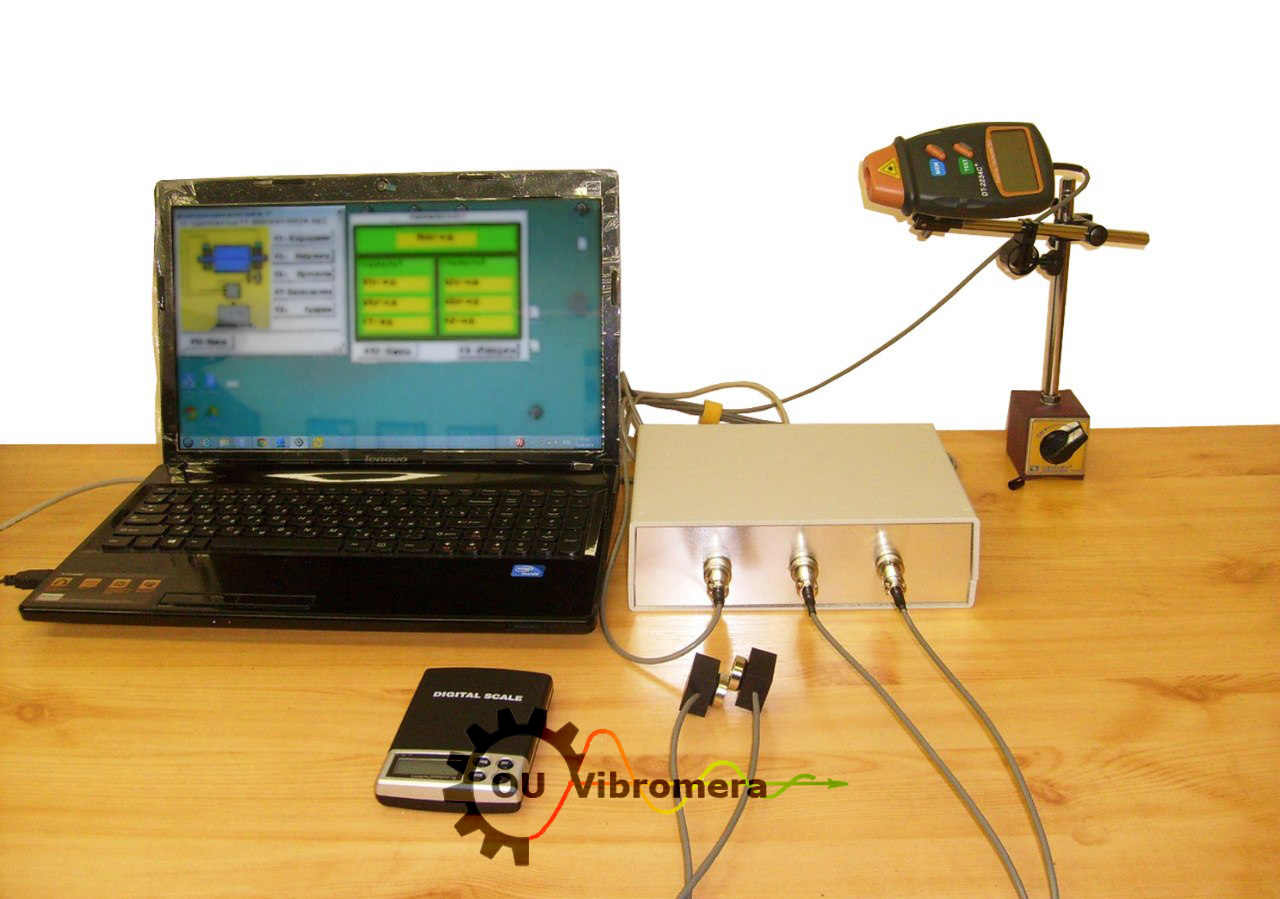Coolers Balancing: Achieving Low Vibration Levels for Medical Equipment
Coolers are an integral part of modern electronic devices, ranging from personal computers to specialized medical equipment. One of the key performance indicators for these coolers is their vibration and noise levels, which can directly affect the quality and reliability of the electronic equipment in which they are installed. Lower levels of vibration and noise are particularly crucial for medical equipment, where even the slightest imbalance can have significant implications.
The Project Overview
Recently, we received an order from a manufacturer of medical equipment to balance a batch of 100 coolers. This was a high-stakes assignment, given that the coolers would eventually become part of medical devices. The goal was straightforward but challenging: to minimize the vibration levels to as low a level as possible.
The Balancing Stand
To achieve this, we started by constructing a specialized balancing stand. The stand consisted of a light platform suspended on rigid steel strings. The design ensured that the platform would remain stable and minimize any external factors that could affect the balancing process.
The Balancing Process
Once the stand was ready, we proceeded to the actual balancing. We utilized an epoxy quick-hardening compound as a corrective weight. This compound was carefully applied to the blades of the coolers to counteract any imbalance. It's important to note that the weight of the corrective loads was incredibly precise, not exceeding several hundredths of a gram. This level of precision was essential in achieving the desired balance and ensuring the reliability of the medical equipment where these coolers would be installed.
The Results
After the balancing process was completed, we conducted a series of tests to measure the residual vibration levels. The results were astounding. On average, the residual vibration levels decreased by more than 10 times, ranging from 0.01 to 0.05 mm/s across the entire batch of coolers.
Conclusion
The project was a resounding success. Not only did we meet the manufacturer's specifications, but we also set a new standard in cooler balancing for medical equipment. This project serves as a testament to the effectiveness of precise balancing in enhancing the quality and reliability of electronic components. By achieving these low levels of residual vibration, we have contributed to the overall excellence of the medical devices that will house these coolers, thereby benefiting both the manufacturer and the end-users.
